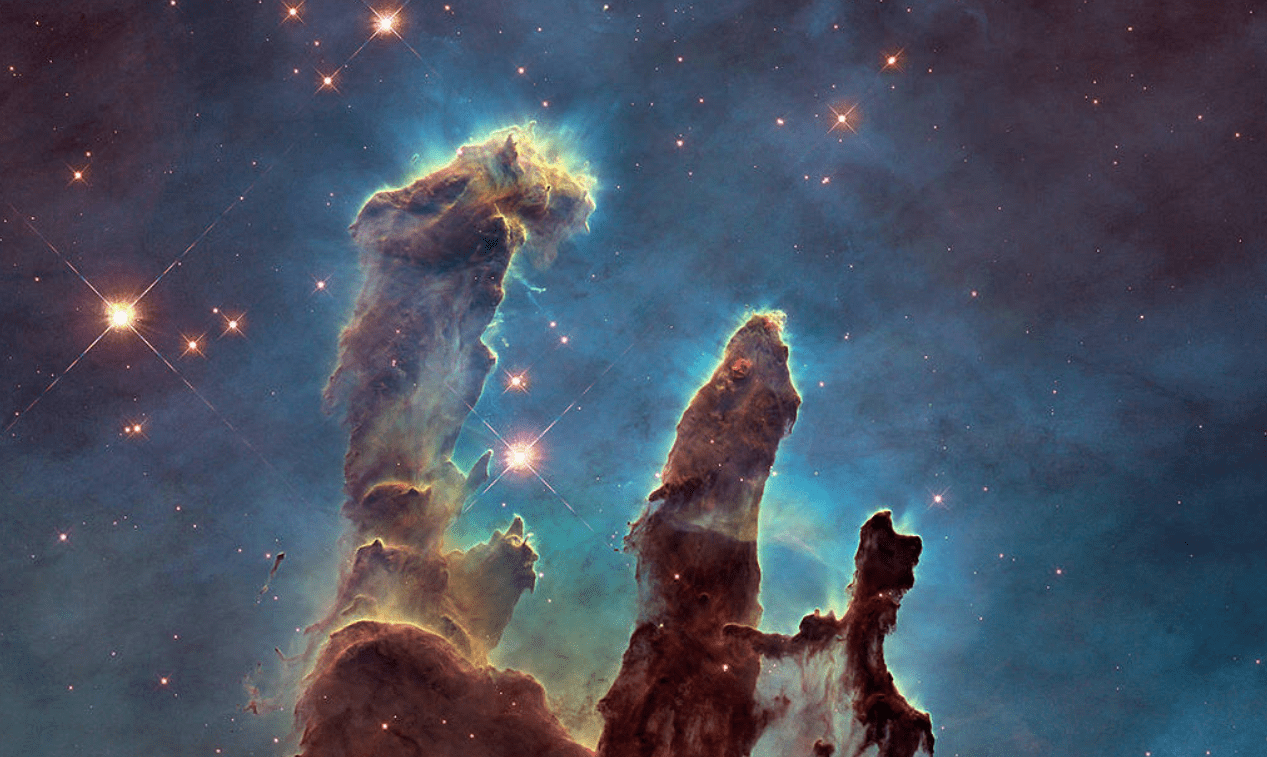NASA and Elon Musk’s SpaceX are setting out to study the possibility of using the private space company to boost the Hubble space telescope into a higher orbit, NASA announced yesterday. The pair signed a deal earlier this month that will see SpaceX study whether it’s possible for its Dragon spacecraft to safely rendezvous with the space telescope and move it to a more stable orbit potentially extending its lifetime.
Hubble has been scanning the skies since 1990, orbiting around 540 kilometers (335 miles) above Earth. Over recent years, however, its orbit has decayed and it’s slipped closer to our planet. Left alone, it would eventually drop back into Earth’s atmosphere and burn up.
Fortunately, Hubble is close enough to be serviced by astronauts, unlike JWST, which is 1.6 million kilometers (1 million miles) away. During its 32 years of service, five service missions have seen humans visit Hubble, the last time being in 2009. In the 13 years since then, Hubble has dropped about 32 kilometers (20 miles).
“Missions such as servicing Hubble would help us expand space capabilities to ultimately help all of us achieve our goals of becoming a space-faring, multiplanetary civilization,” Jessica Jensen, vice president of Customer Operations & Integration at SpaceX, said in a statement.
The latest plan of a potential service mission is very loose at the moment and there’s no guarantee it will go ahead. However, if it does prove viable, it could “add multiple years of operations to its life,” NASA said.
“This study is an exciting example of the innovative approaches NASA is exploring through private-public partnerships,” said Thomas Zurbuchen, associate administrator for the Science Mission Directorate. “As our fleet grows, we want to explore a wide range of opportunities to support the most robust, superlative science missions possible.”
Hubble and Space X’s Dragon could serve as test models but this type of space mission could be used for other spacecraft in near-Earth orbit, and by other space companies, NASA said.

The “Pillars Of Creation”, arguably Hubble’s masterpiece. Image credit: NASA/ESA/Hubble Heritage Team (STScI/AURA)
Even if the mission doesn’t go ahead, Hubble still has a few more years of life left in it.
“Hubble is doing great. After more than 32 years, Hubble remains incredibly productive, scientifically. We expect Hubble will remain operational until the later part of this decade if not into the next,” Patrick Crouse, Hubble project manager, said during the press conference on September 29. “
“Hubble has had more than 1.5 million observations to date and generated more than 19,000 peer-reviewed science papers, arguably making Hubble one of the most productive scientific instruments in history.”
Hubble has helped to significantly deepen our understanding and appreciation of the universe. Perhaps its most famous image is the “Pillars of Creation,” pictured above, an iconic image of colossal pillars of interstellar gas and dust in the Eagle Nebula some 7,000 light-years from Earth. As hard as it is to believe, those pillars are roughly 4 to 5 light-years tall.
When it comes to space telescopes, there’s a new kid on the block: JWST, the most expensive and most powerful space telescope ever constructed. JWST has been pitted as the “successor” to Hubble, but it’s by no means rendered the old dog redundant. Hubble continues to capture incredible content, including images of the DART mission that saw a spacecraft crash into an asteroid earlier this week.
“It’s in its 33rd year and, frankly, Hubble is more exciting than ever because it’s a complimentary asset to the JWST,” said Zurbuchen.
Source Link: Private SpaceX Mission May Help NASA Extend Hubble For Many Years To Come